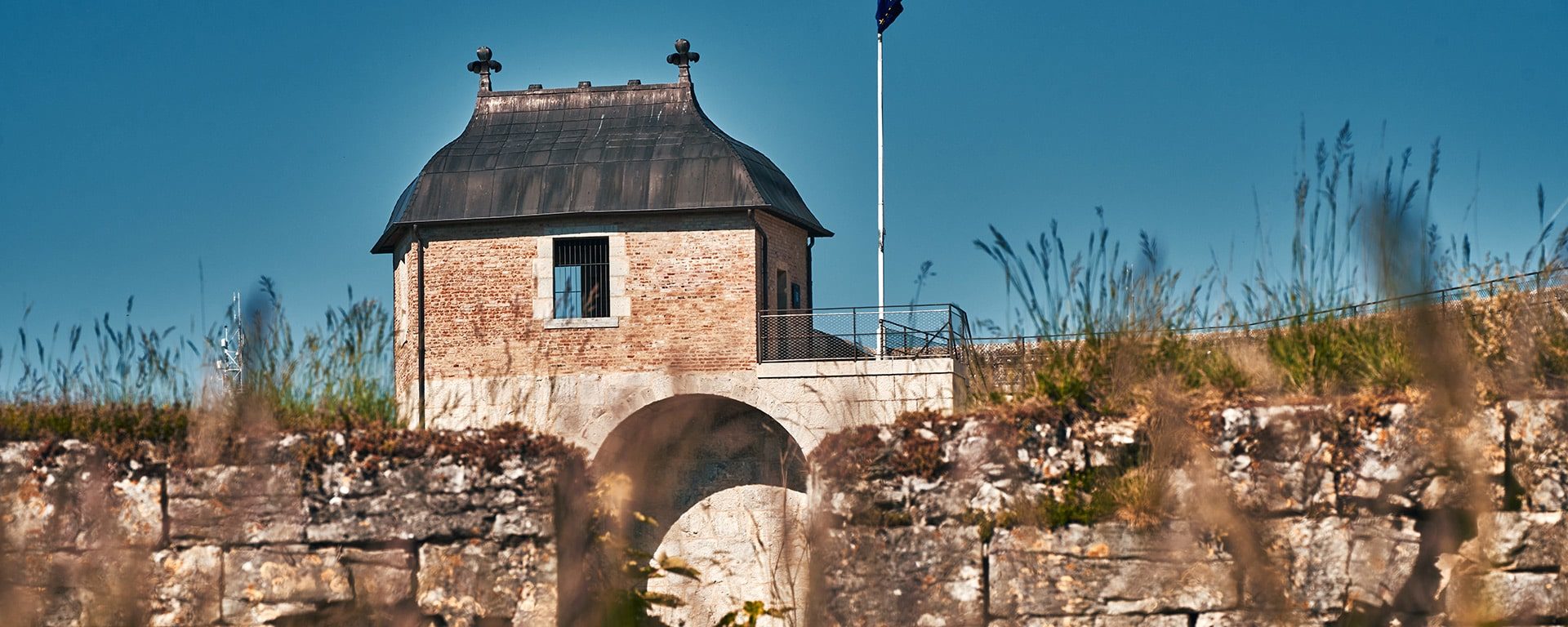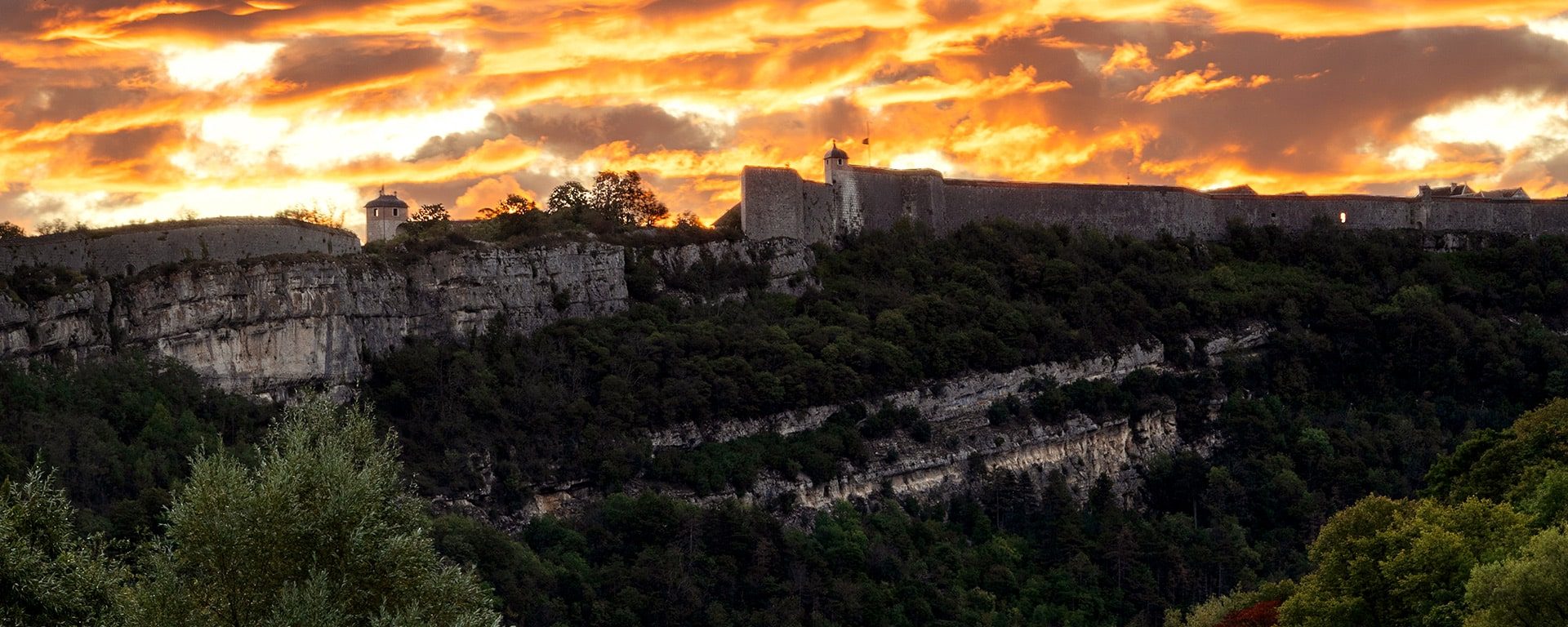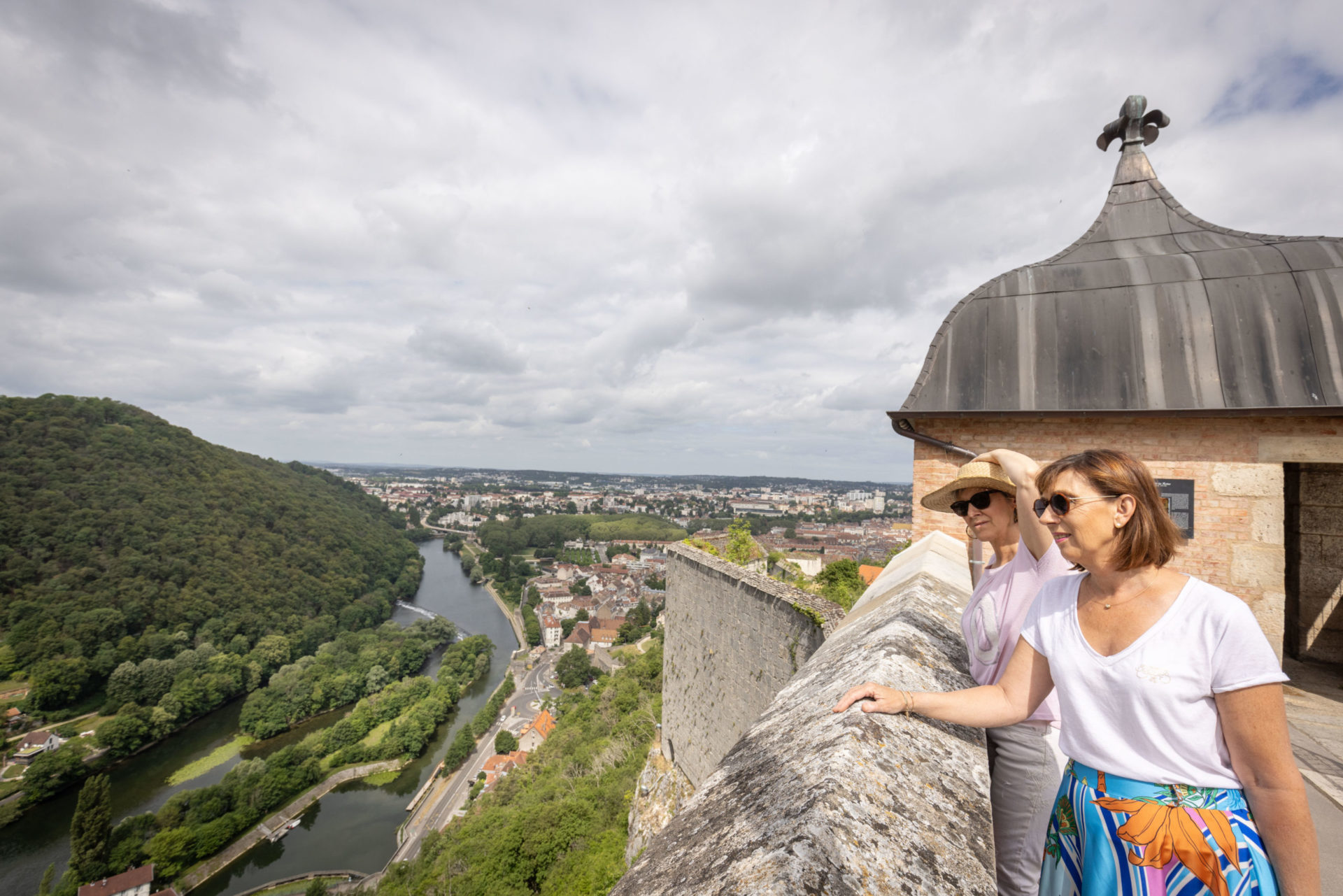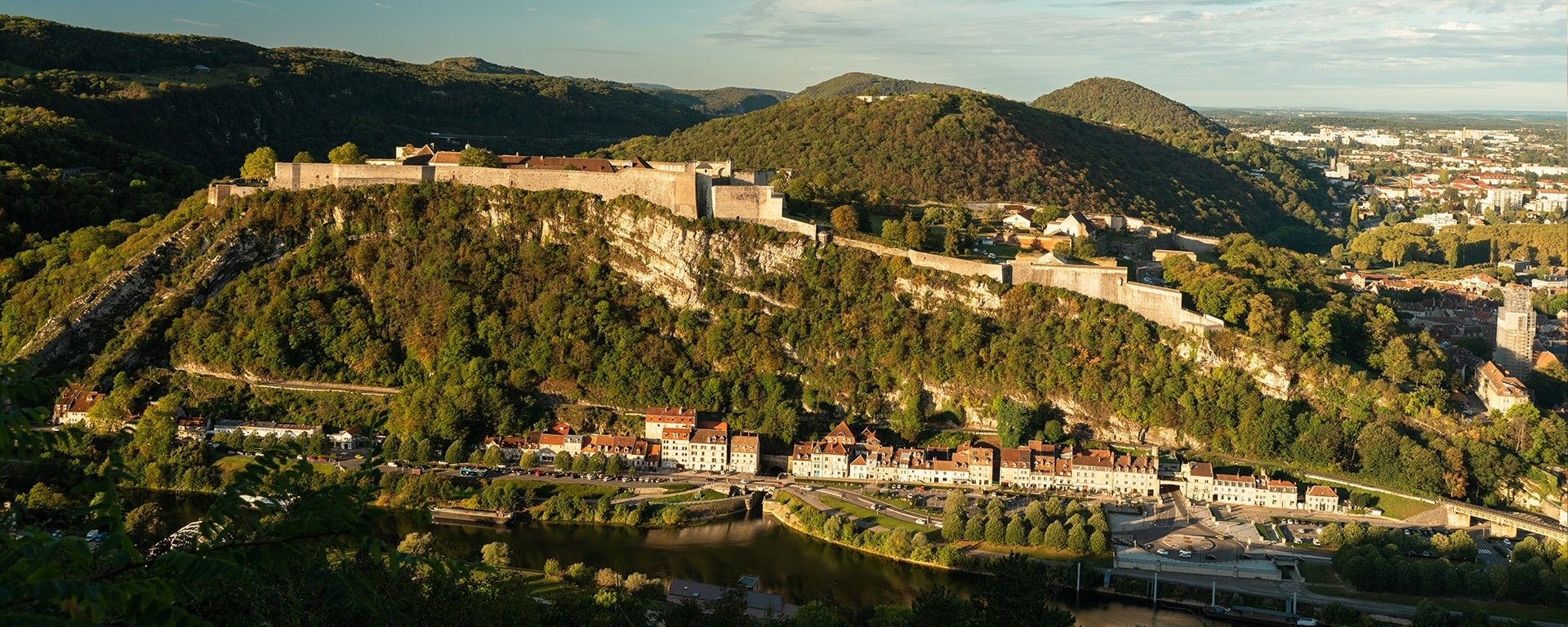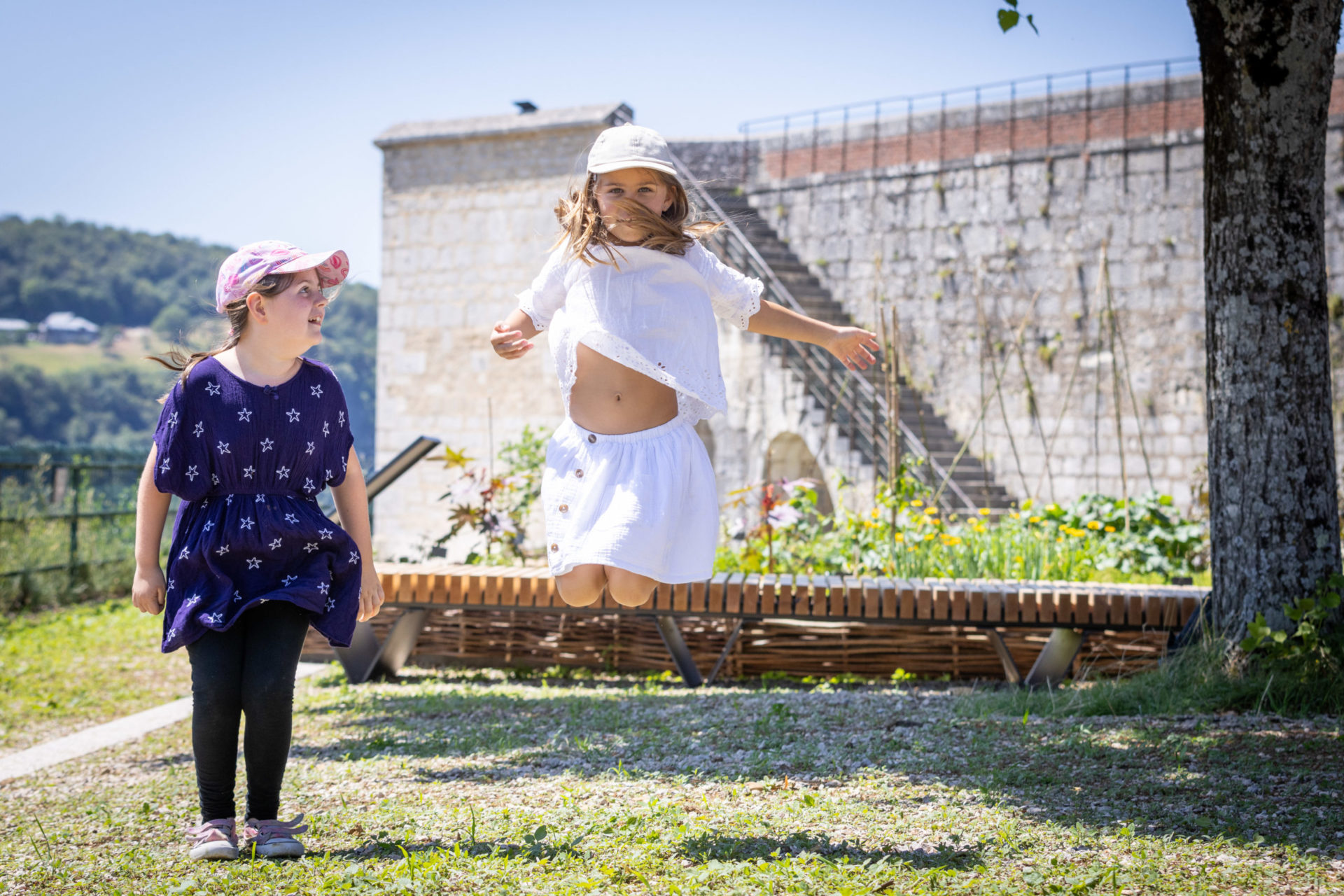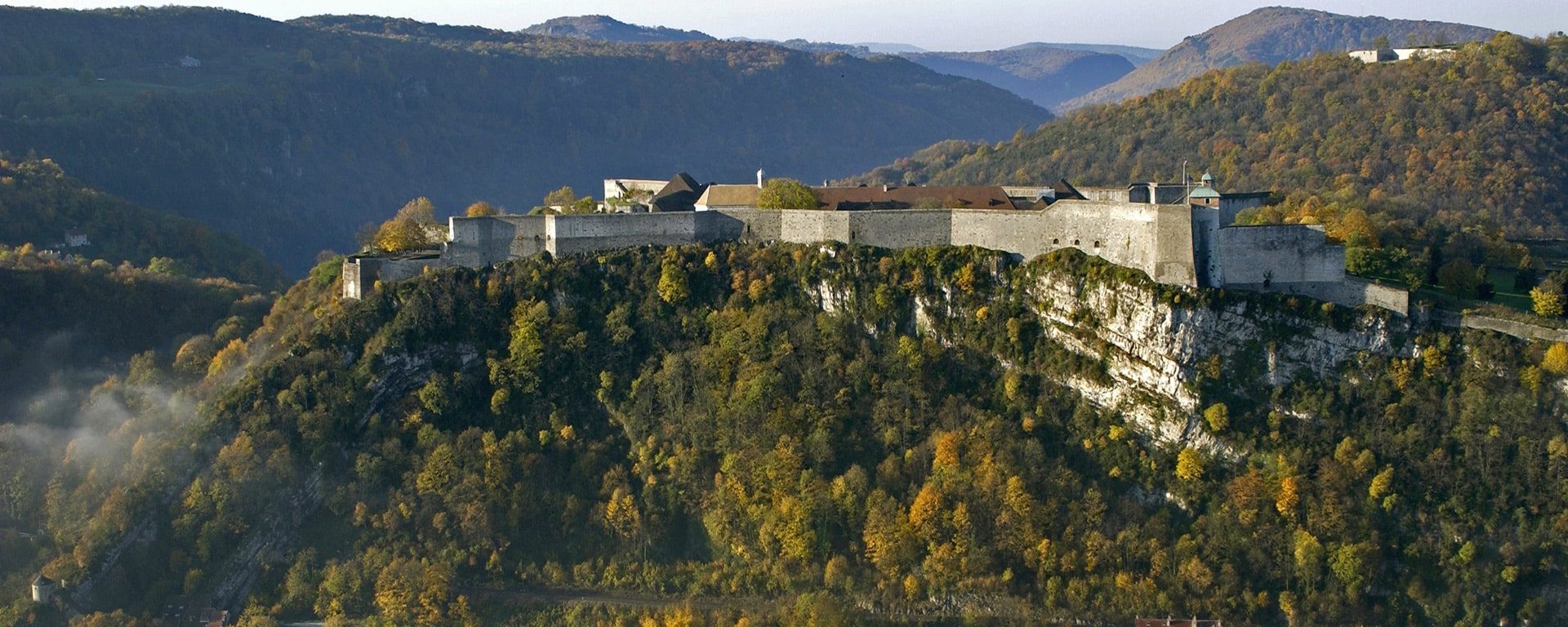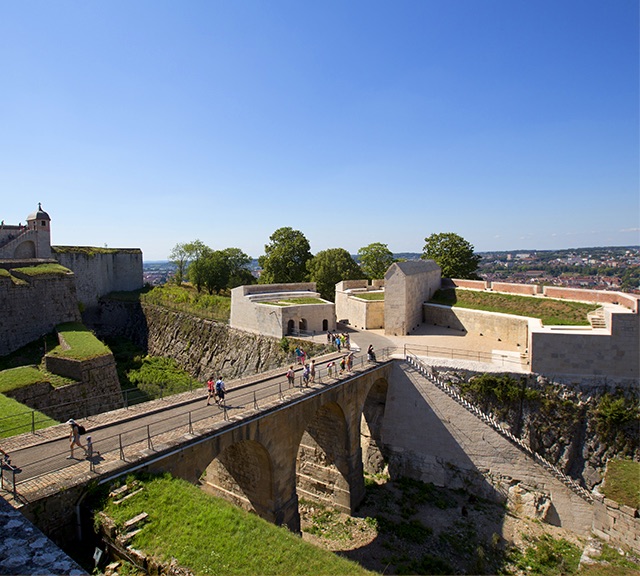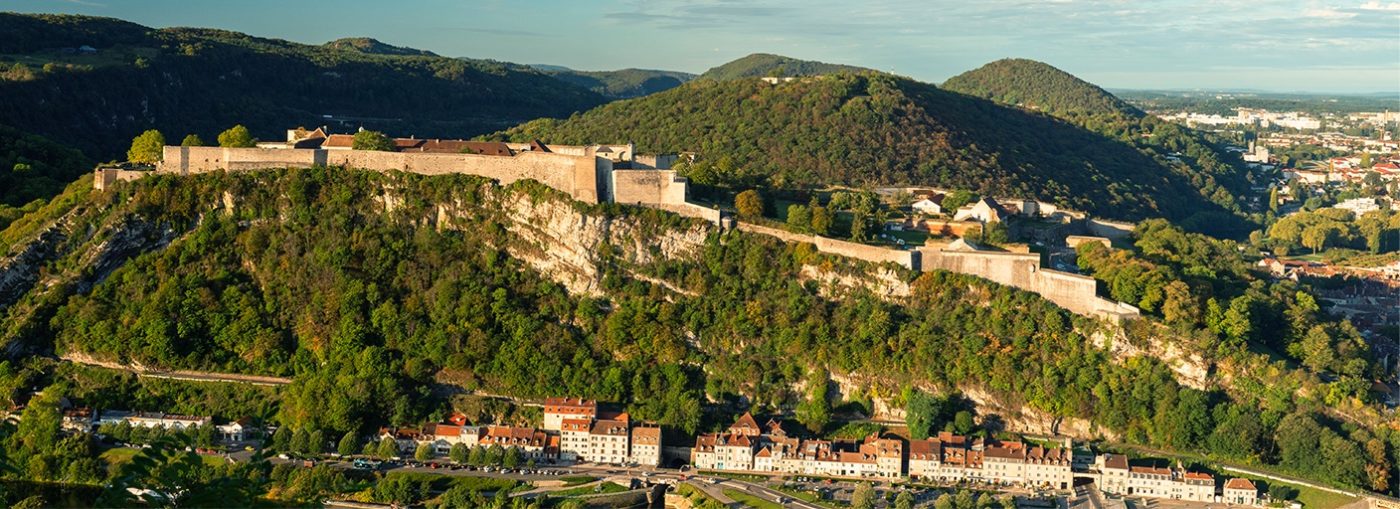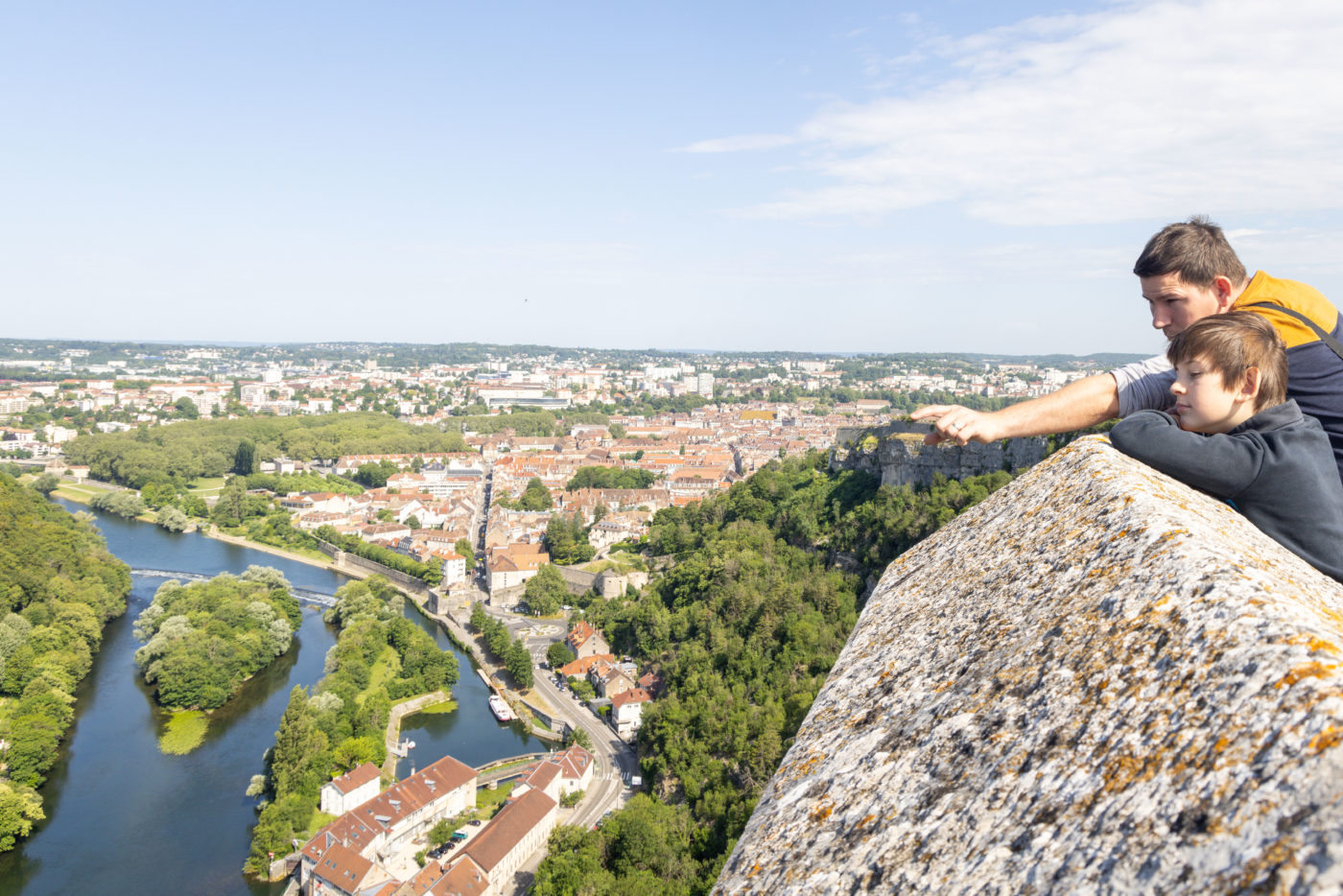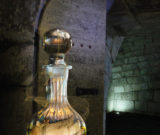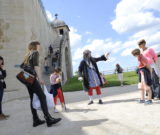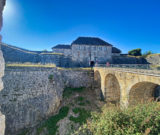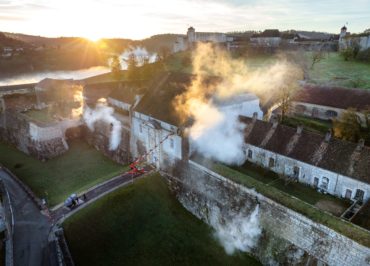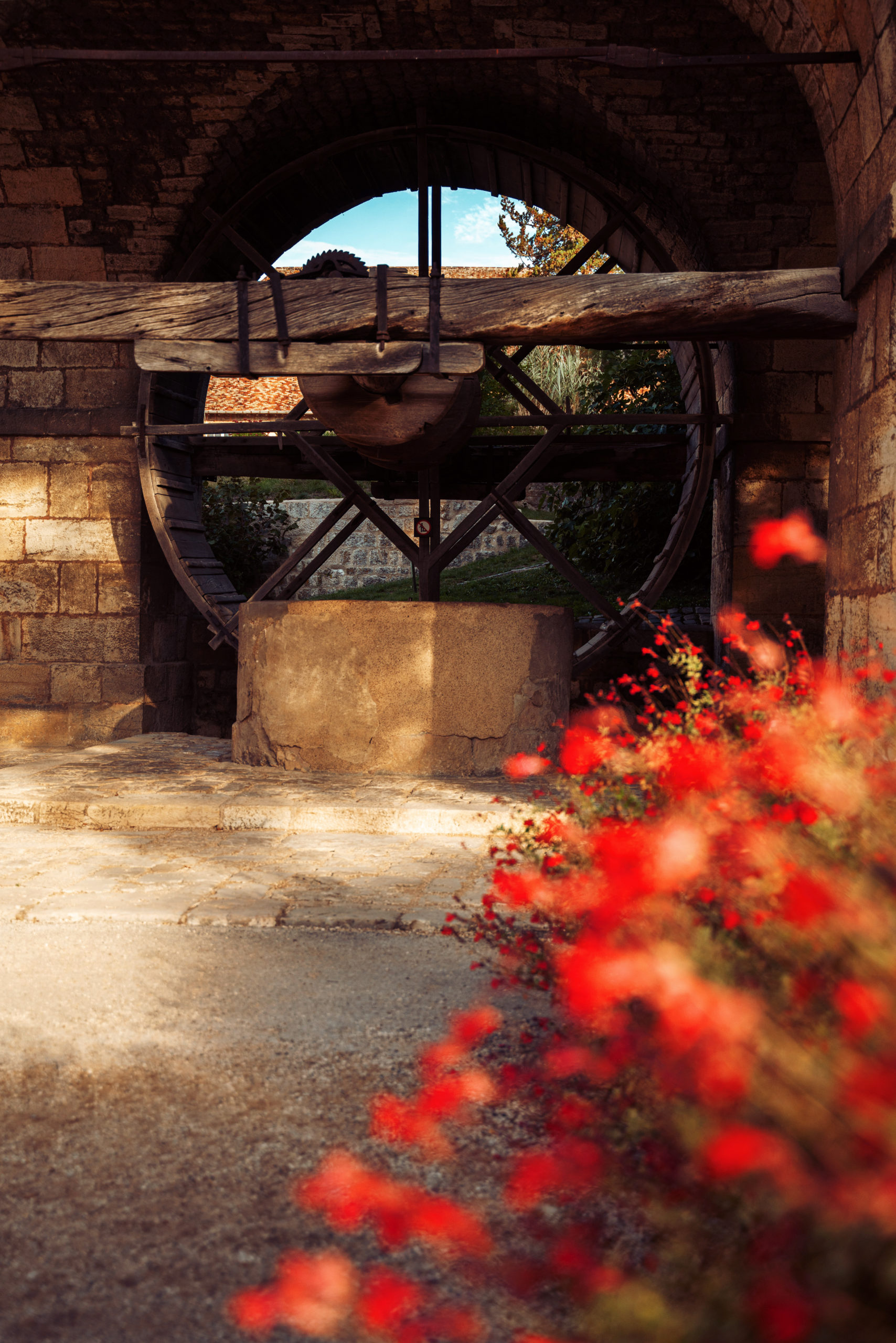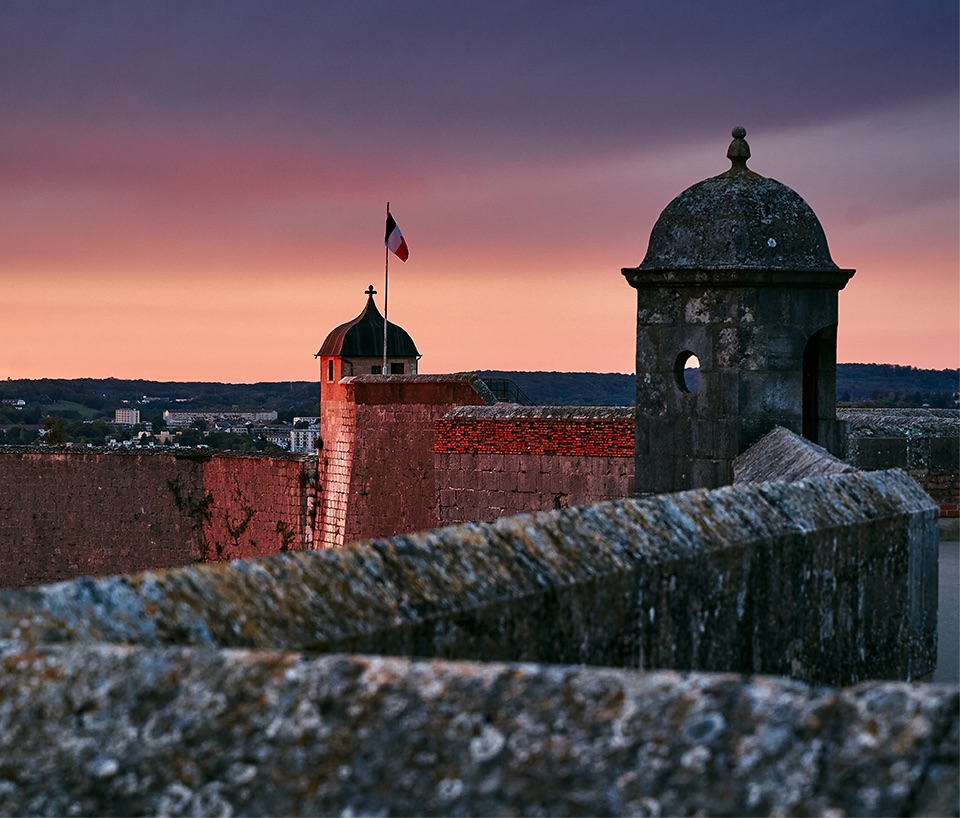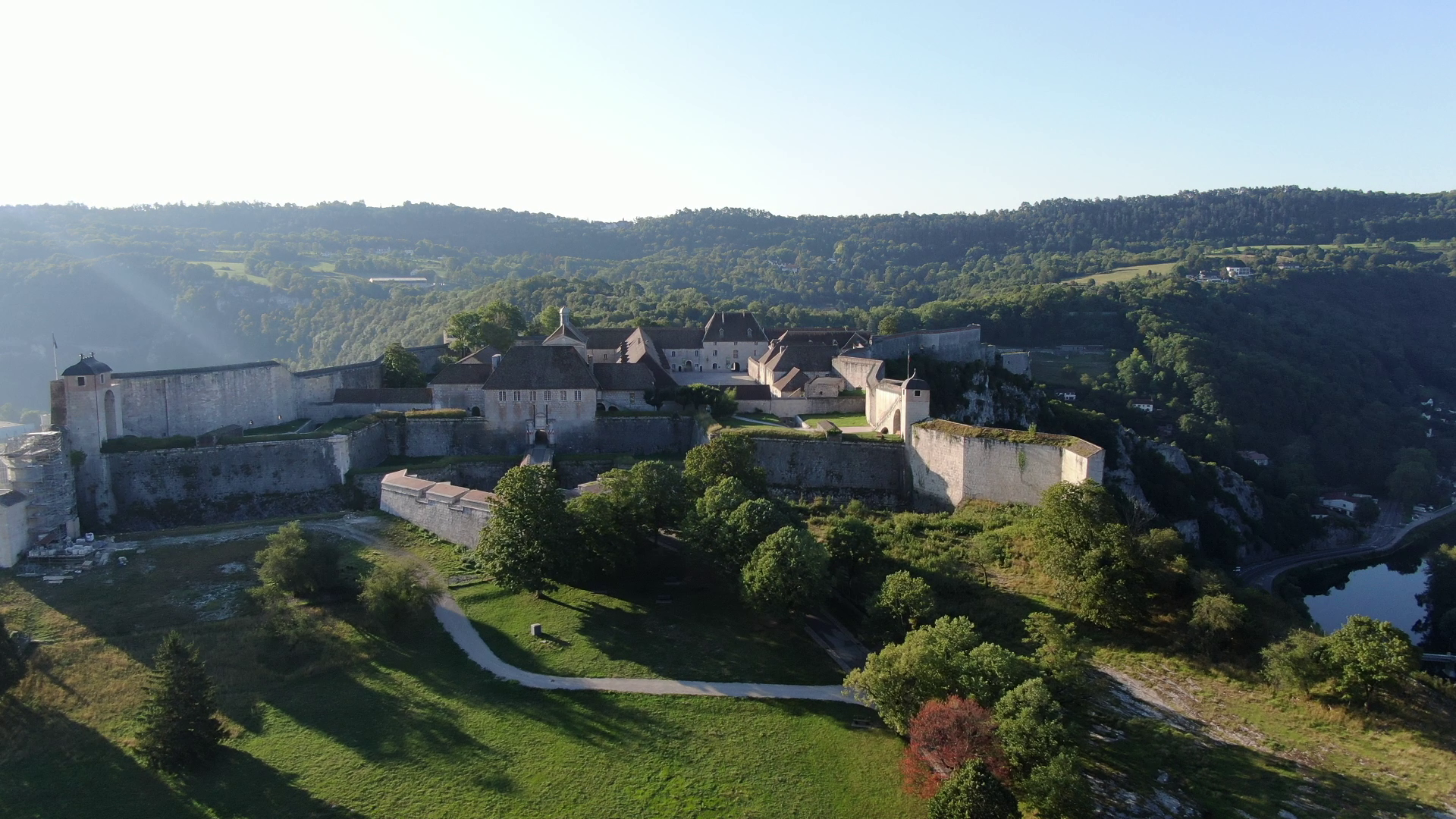In 2003, with the support of the French Ministry of Culture and Communication, Besançon initiated the project to have Vauban's work included on UNESCO's World Heritage List. Along with eleven other sites, the city forms the Network of Major Vauban Sites. They were all inscribed on the World Heritage List on July 7, 2008: a fine recognition of the universal value of Vauban's work, and of the need to protect it. The city's fortifications and the Citadelle are also the subject of an ongoing restoration program. To enhance the value of this fleuron of military architecture while preserving its original appearance, technicality and exemplarity are the order of the day. For example, craftsmanship skills are used extensively, encouraging their mastery and transmission. Every summer, the Citadelle invites a group of young volunteers to take ownership of this heritage by helping to safeguard it, as part of a work camp.
Eight other UNESCO properties to discover in Burgundy-Franche-Comté.

